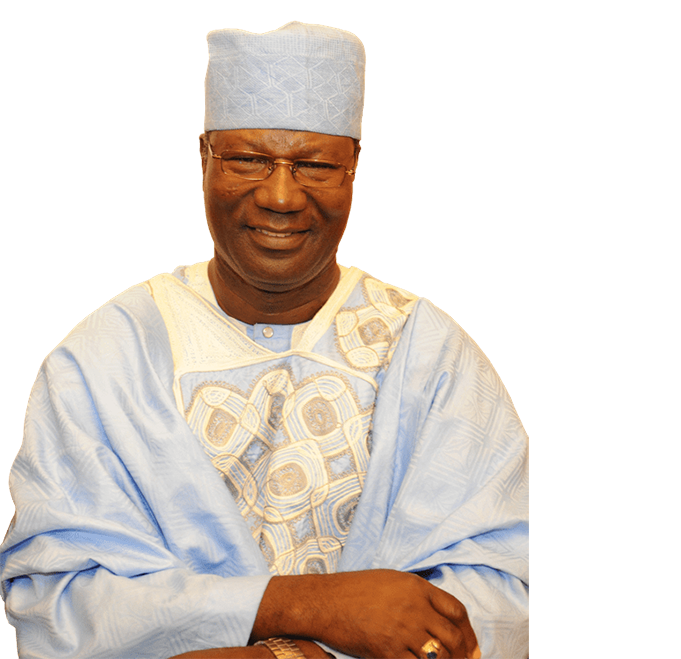Given the interlinkages between climate change and poverty, measures to improve child well-being should take into account the impacts of climate change to ensure outcomes are sustainable.
Governments at all levels should be integrating risk reduction and resilience building into development programmes across all sectors by mainstreaming adaptation into development processes.
A child rights approach to adaptation planning could increase the resilience of children and their families to climate shocks and provide a firm base for adaptation – as would placing a climate lens on national child rights reporting. This briefing takes the existing experience of child rights, child-led and child-sensitive approaches to development and applies them to national climate change policy.
It asks how policymakers can formulate and implement adaptation policies that are in ‘the best interests of the child’. Child rights, programme effectiveness, intergenerational equity and climate justice imperatives all make the case for putting children at the forefront of national adaptation responses. Children have contributed least to climate change, yet will feel the greatest impacts if governments fail to adapt and they have the need, interest and capacity to take an active role in climate responses.
There is an almost universal agreement that any policy affecting children must be made ‘in their best interests’ (Article 3, UN Convention of the Rights of the Child). However, child-focused adaptation programmes have not been prioritised to date and there are few signs of child participation in climate change policy processes at the national level.
Research suggests that government members leading climate change adaptation programmes are rarely familiar with child rights: ‘Of course, we can talk about children and climate change, just like we talk about women and climate change. Children in Kenya are aware of climate changes in the form of persistent drought.
Research shows that they can link their experiences of drought to their rights – identifying adaptation strategies and the roles and responsibilities of different people to implement them. Currently, national adaptation policies tend to be either ‘child-blind’ or focus only on children’s vulnerability as passive victims. Child rights analysis would help reorient policies to see children as rights holders and identify approaches that hold those responsible for safeguarding these rights to account. It would also take into account all possible forms of child participation – from child-led projects to consultations on national policy frameworks – that will ensure that adaptation strategies reinforce child rights and capacities as well as address their needs. Guiding frameworks for implementing adaptation programmes nationally are still under development and the opportunity remains to integrate child rights within them. Such frameworks need to be appropriate to the local context in each country and integrate lessons from pro-poor adaptation approaches and child-poverty reduction strategies.
They would include vulnerability analysis which disaggregates within and between groups of children – including analysis of children’s knowledge and capacity relating to risk reduction and adaptation; participatory spaces created by, with, and for children locally and through national networks; child-centred resilience projects and programmes with dedicated support and resources (dealing particularly with causes of vulnerability); child–related progress and process indicators – both for broad ‘enabling environment’ frameworks and more specific child-centred outcomes.
The strong legal framework provided by the Convention on the Rights of the Child (CRC) together with new theories and improved practice on child participation and child poverty reduction – and a better understanding of, and instruments for, delivering targeted assistance – could all support a child-centred approach to adaptation.
Climate change puts children at greater risk of violence, abuse and neglect by exacerbating the conditions of poverty - particularly through displacement, migration, or the need for children to work more. This will be an important consideration when states and civil society are monitoring child rights progress. Short–term economic development strategies may also be exacerbating vulnerability to climate change. Activities such as land expropriation and unsuitable resource extraction are often considered in other human rights reporting but not concerning the CRC.
The CRC reporting mechanism can provide the establishment of a child–friendly national policy space to advance a child-centred climate resilience agenda.
It can also ensure that government and private interventions safeguard these rights and don’t increase vulnerability to climate change. Some child rights actors and agencies are not yet aware of the long-term implications of climate change for their work and are therefore unable to consider climate change when reporting or shadow reporting on child rights progress.
In conclusion, recommend the capacity building for child rights groups could improve their understanding of the relevance of climate change to their work and the short – and long–term changes and uncertainties they will need to address. This requires collaborative and well-communicated research, public awareness raising and specialist training.
*Dr Moses Amweelo is a former minister of works, transport and communication. He earned a doctorate in Technical Science, Industrial Engineering and Management from the International Transport Academy (St Petersburg, Russia).


